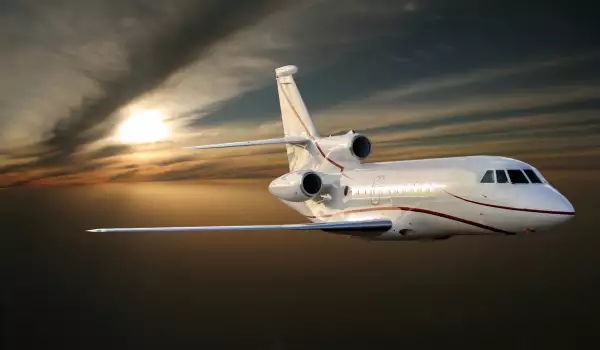The Armstrong limit, also often called Armstrong's line, is the altitude of around 12 mi (19 km) from the surface of the Earth, where atmospheric pressure is numerous times lower than the liquids in the human body at 100°F (37 °C).
It is expressed in the rapid transformation of these liquids into gas bubbles, which accumulate in the blood and begin to boil at normal body temperatures.
In other words, this is the altitude at which, if a person finds themselves in an unpressurized environment, the blood in their body will start to boil.
The Armstrong limit has wide implications in aviation and astronautics for the survival of pilots, paratroopers and astronauts in the event of a cockpit malfunction and if pressure regulators fail.
There have been observed cases of humans going beyond the Armstrong limit. What is known is that during sudden depressurization of the cabin, when the aircraft is at an altitude higher than 12 mi (19 km), gasses in the body expand abruptly. After literally 10 seconds, foam starts to come out of the eyes, mouth and ears of the individual exposed to the effect. They lose consciousness after 3-6 seconds, and are dead after 5 more.

The Armstrong limit is named after Major General Harry George Armstrong (1899-1983), who served as Director of the United States Aeromedical Research Laboratory at the United States Air Force in 1947 in the state of Texas.
Doctor Armstrong was the first scientist to study the phenomenon of the so-called cold boil phenomenon at an altitude of 63 000 feet in 1935. He also determined the uppermost range limit at which humans cannot survive without the protection of a pressure suit.
Pilots wear specialized suits for dealing with the Armstrong limit when in non-pressurized cockpits. When they are above a 9 mi (15 km) altitude, they wear masks assuring constant high amounts of oxygen. The steady supply of oxygen and constant inhaling prevent hypoxia, disorientation and loss of consciousness.
In modern American F-22 and F-35 jets flying above altitudes of 11 mi (18 km), pilots wear specialized pressure suits.
In the event of pressure loss in the pilot's cockpit, the oxygen system goes into positive pressure mode and provides oxygen to an airtight mask. Aside from this, the pilot's suit inflates proportionally to the pressure.

















